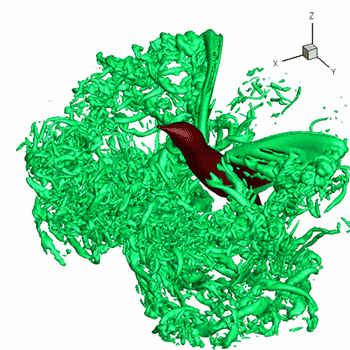How do you find vertical, horizontal and oblique asymptotes for #f(x) =(x^2+4x-7)/(x-7)#?
1 Answer
The VA Is
Explanation:
To find the vertical asymptote (VA), set the denominator equal to zero and solve for
For horizontal/oblique asymptotes, compare the degree of the numerator to the degree of the denominator. If the degree of the numerator is one more than the degree of the denominator, there is an oblique asymptote (OA), but no horizontal asymptote (HA).
In this example, the degree of the numerator is
To find the OA, use the first two coefficients produced by synthetic division. You do not need the remainder.
The OA is

